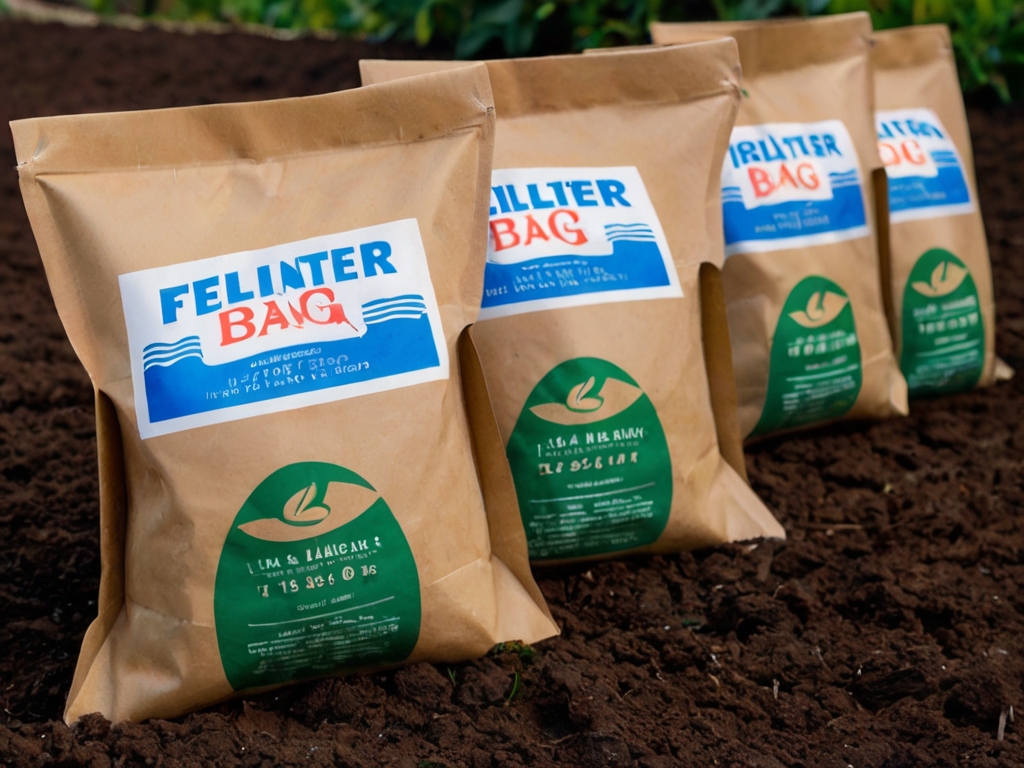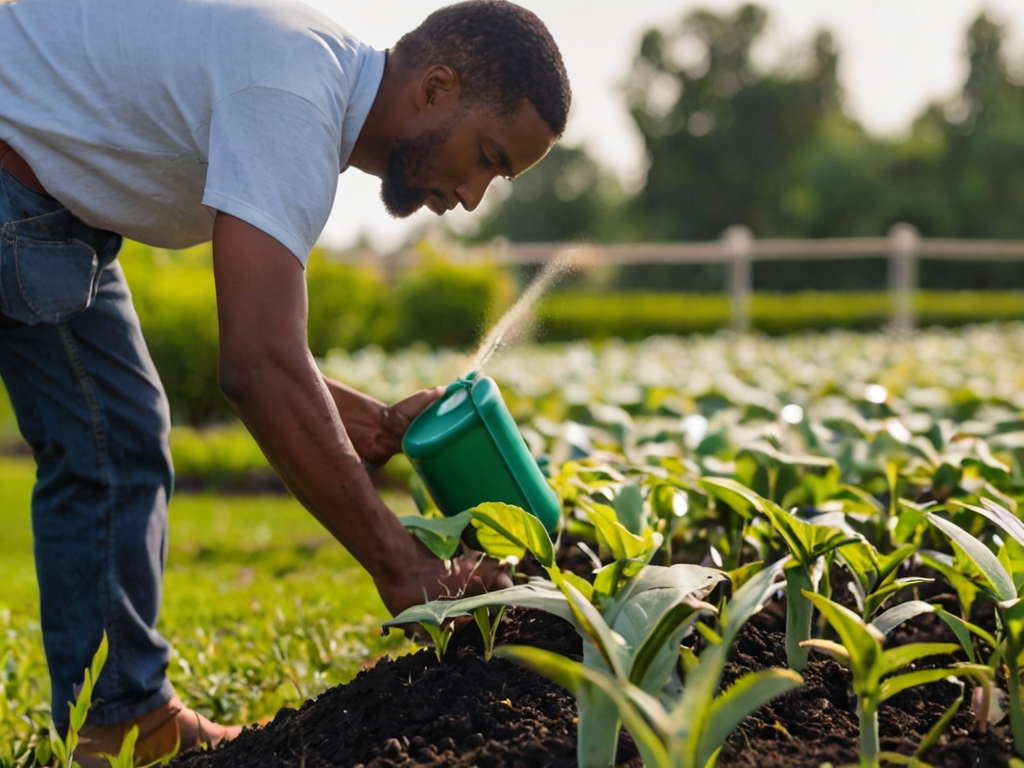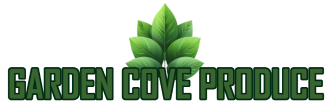Fertilizers play a crucial role in agriculture and gardening by providing essential nutrients to plants. However, with the wide variety of fertilizers available in the market, it can be confusing and overwhelming for gardeners and farmers to choose the right one. This article will explore two commonly used fertilizers: 12-12-12 and 13-13-13 fertilizers.
Understanding the different types of fertilizers and their compositions is essential for making informed decisions about which fertilizer to use.
12-12-12 Fertilizer: The Balanced Trio

Composition and Benefits
At its core, the 12-12-12 mix is a symphony of equal parts nitrogen (N), phosphorus (P), and potassium (K), each component making up 12% of the total composition. This balanced blend offers a one-size-fits-all solution that caters to a broad spectrum of gardening needs. Nitrogen ensures your plants are lush and leafy, phosphorus takes charge of root development and flower blooming, and potassium fortifies plants against diseases and aids in water retention.
Ideal Use Cases
1. General Gardening: Whether nurturing flowers, shrubs, or even a patch of grass, the 12-12-12 fertilizer serves as a jack-of-all-trades, offering a baseline of nutrients for varied plant types.
2. Establishing Lawns: For those dreamy, green carpets of lawn, this fertilizer helps seedlings develop strong roots, ensuring they’re anchored firmly and can absorb water and nutrients efficiently.
3. Vegetable Gardens: A veggie garden demands a diverse diet, and the balanced mix of 12-12-12 provides just that, supporting everything from leafy greens to juicy tomatoes.
Application Recommendations
Timing and moderation are key. Apply this fertilizer in early spring to kickstart growth, and consider a lighter application in the fall to prepare your plants for the cold. Always follow the rule of thumb: less is more. Over-fertilization can lead to nutrient burn, affecting plant health.D. Pros and Cons**
Pros:
- Versatility across various plant types
- Balanced nutrient delivery for overall plant health
- Simplifies the fertilization process for beginners
Cons:
- It may not meet the specific nutrient needs of certain plants
- Overuse can lead to nutrient runoff, harming the environment
13-13-13 Fertilizer: The Power-Packed Performer

Composition and Benefits
Crafted with an equal blend of nitrogen (N), phosphorus (P), and potassium (K), each component excited to 13%, this fertilizer is not just about balance—it’s about enhancement. It pushes the boundaries, offering plants an extra dose of everything they need to grow stronger, bloom brighter, and fight off the challenges of nature.
Ideal Use Cases
1. Higher Nutrient-Demanding Crops: Think of those hungry, high-yield vegetables in your garden that always ask for more. The 13-13-13 mix feeds their appetite, fueling them to produce the lushest leaves and succulent fruits.
2. Boosting Growth in Established Plants: This fertilizer invigorates mature plants that need a mid-season pick-me-up and lasts throughout the growing season.
Application Recommendations
Moderation and timing are your best friends here. Apply in the early growth stages to establish strength and resilience, and consider a mid-season application for sustained performance. Always ensure the soil is moist when applying and avoid the hottest parts of the day to prevent plant stress.
Pros and Cons
Pros:
- Enhanced nutrient profile for demanding plants
- Promotes vigorous growth and abundant yields
- Ideal for both vegetable gardens and ornamental plants
Cons:
- Not suited for all plant types; can overwhelm sensitive varieties
- Requires careful application to avoid nutrient burn
Considerations While Choosing the Right Fertilizer
Selecting between 12-12-12 vs 13-13-13 fertilizers is a critical decision that hinges on understanding your garden’s specific needs, environmental conditions, and gardening goals. Let’s break down how to make this choice with actionable insights, ensuring your garden flourishes.
Assess Your Garden’s Needs with Soil Testing
For New Gardens: If your soil test reveals a balanced need for nutrients without any specific deficiency, start with a 12-12-12 fertilizer. It offers a well-rounded nutritional foundation for establishing new beds or lawns.
For Mature Gardens: Should the test indicate your soil is already relatively balanced but could use a slight boost, the 13-13-13 fertilizer steps in. Its slightly higher nutrient levels cater to the demands of more established or high-yield gardens.
Match Fertilizer to Plant Preferences
Leafy Greens and General Gardening: If your garden is primarily leafy vegetables or a mix of plants, the balanced approach of 12-12-12 fertilizer supports overall health without pushing too much growth in any one direction.
High-Yield Vegetables and Flowers: For gardens focusing on fruiting vegetables or flowers you aim to get the most out of, opt for the 13-13-13 fertilizer. The extra nutrient kick supports vigorous growth and blooming.
Consider Seasonal Application
Spring Planting: Both fertilizers are suitable for spring, but 12-12-12 is particularly good for getting a new garden off to a balanced start.
Mid-Season Boost: If your plants are well-established and you’re looking for a mid-season boost to carry through the rest of the growing period, 13-13-13 can provide the additional energy your plants need.
Account for Local Environmental Concerns
Sensitive Environments: In areas where nutrient runoff is a concern, starting with a 12-12-12 fertilizer might be more prudent due to its lower concentration, reducing the risk of excess nutrients leaching into waterways.
Regulated Areas: Always check local guidelines. Some regions have restrictions on nutrient levels, which could sway your choice between these two options.
Making Your Choice

For a versatile all-rounder that’s great for various plants and new gardens, the 12-12-12 fertilizer is your go-to. It’s especially recommended if you’re looking for a safe, balanced approach to nourishing your garden without specific demands.
When your garden demands more, whether it’s high-yield vegetables, established ornamentals, or just a mid-season nutrient boost, the 13-13-13 fertilizer offers that extra push. It’s suited for gardeners looking to maximize their garden’s performance, given that the soil and plant needs align with the increased nutrient levels.
Ultimately, the choice between 12-12-12 and 13-13-13 fertilizers comes down to a deep understanding of your garden’s current state and your aspirations for its growth. By considering your garden’s nutrient needs, plant types, seasonal cycles, and local environmental regulations, you can make an informed decision that supports your garden’s health and contributes to its thriving future.
